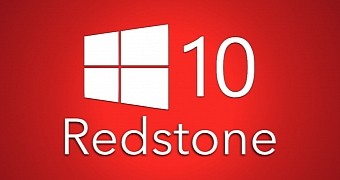Microsoft plans to abandon the internal codenames used for Windows 10, and the Redstone moniker would be retired after RS5 due in the fall.
The software giant originally codenamed Windows 10 “Threshold,” while the first update, which landed as November Update and was also known as version 1511, was internally called “Threshold 2.” Microsoft then made the transition to Redstone, and since then, it introduced several iterations, with the next one codenamed Redstone 4 and projected to land in April.
This fall, however, is likely to bring us the last Redstone release, as Microsoft is reportedly planning the transition to new codenames that make more sense for Windows 10.
A report from WindowsCentral indicates that instead of calling Windows 10 releases “Redstone,” Microsoft will use a new form referring to the release date. The first one to comply with this policy will be the Windows 10 update to see daylight in the spring of 2019, which the cited source says would be called 19H1, followed by 19H2 in the fall of the same year.
Product names will survive
Microsoft is already using build numbers that are indicators of the compiling date of Windows 10. Windows 10 Redstone 4, for example, will be finalized as version 1803, with the first two digits representing the year when the update was completed, while the last two digits the month. This means Redstone 4 was ready in March 2018.
On the other hand, Microsoft will continue to use product names for Windows 10, so even though internally they’d be called differently, the company will stick with catchy names for their final releases. Oddly enough, Redstone 4 doesn’t yet have a name despite the fact that its release is just around the corner, but it’s believed it could be called Spring Creators Update.
Microsoft is yet to comment on these reports, and a certain amount of skepticism is required, though it goes without saying that such a change of mind pretty much makes sense and aligns with the always-evolving strategy of Windows 10.

 14 DAY TRIAL //
14 DAY TRIAL //